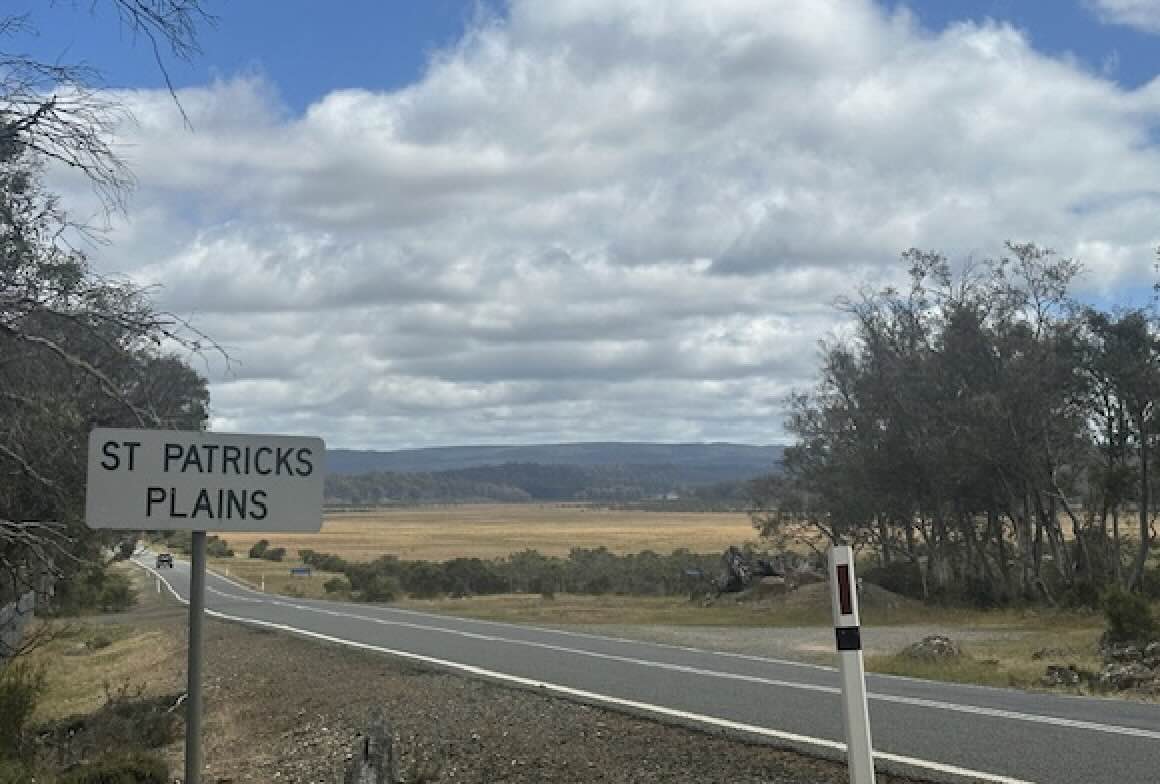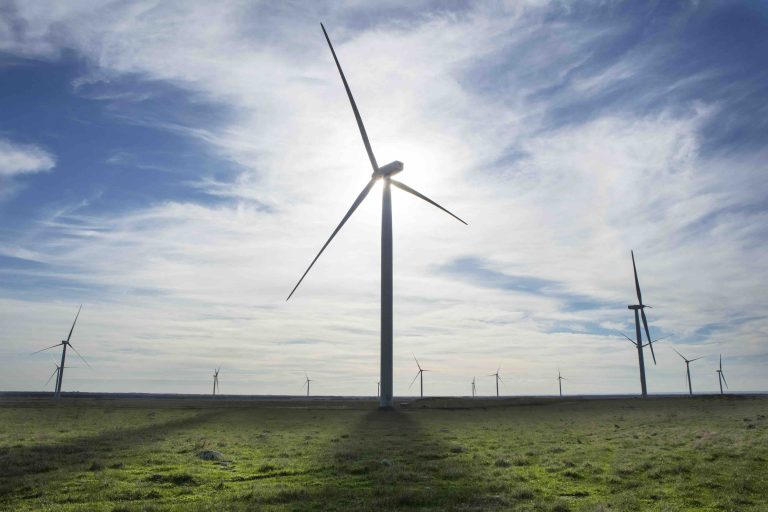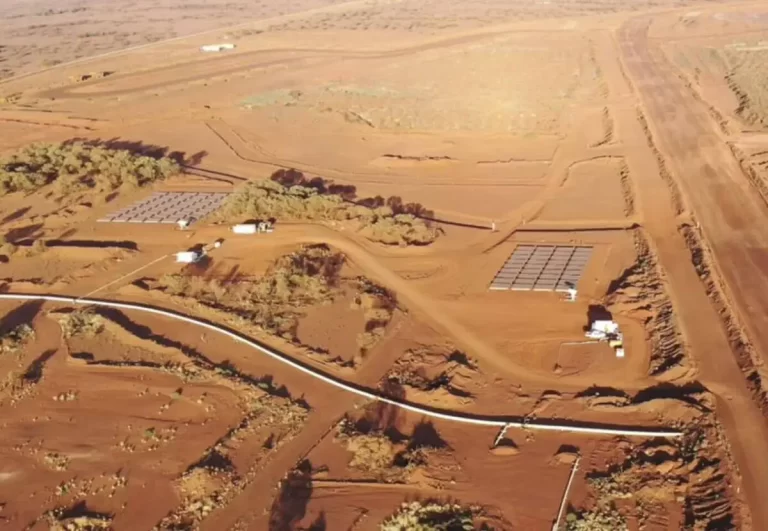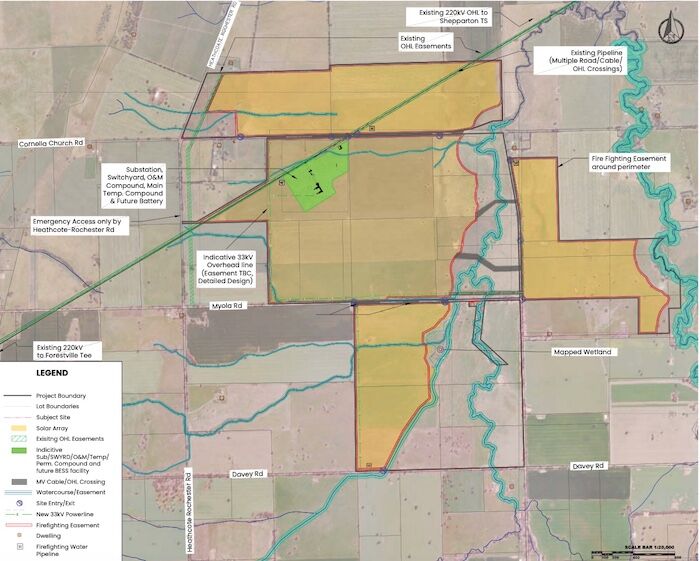56 Priority Renewable Energy Projects Identified by Australian Governments
The Australian federal government, in collaboration with state energy ministers, has established a National Renewable Energy priority list comprising 56 projects. These projects, spanning wind, solar, battery, hybrid, and transmission sectors, have been granted “priority” status to aid in meeting renewable energy targets.
Agreed upon by both state and federal authorities, the priority list aims to streamline regulatory, planning, and environmental approval processes for the identified projects. The list currently features 24 transmission projects and 32 generation and storage projects, with a combined capacity of 16 gigawatts (GW) for wind and solar, and 6 GW for storage across various durations.
Focus on Generation and Storage
Within the generation and storage category, the list includes a mix of 14 wind projects, 3 wind and battery hybrids, two wind and solar hybrids, 5 solar and battery hybrids, four standalone battery projects, and two pumped hydro projects. These projects represent the key priorities in the current energy landscape.
Streamlined Approval Processes
The government’s approach to the Priority List is centred on expediting decision-making with a ‘faster to yes, faster to no’ strategy. While receiving additional support, the identified projects will undergo rigorous scrutiny to meet all statutory requirements during regulatory and environmental assessments.
Several wind and solar ventures have already navigated the environmental approval process successfully. Notably, projects like the Liverpool Range and Spicers Creek wind projects recently secured federal approval. However, challenges persist for projects such as Acen Renewables’ Robbins Island wind project in Tasmania, which faces delays in federal approval despite legal victories.
Among the priority list winners are projects like the Valley of the Winds by Acen Renewables, Elgin Energy’s Barwon solar and storage project, Neoen’s Goyder North wind project, Solar River’s solar and battery project, and Ark Energy’s Patrick Plains wind project.
Furthermore, initiatives like Windlab’s Bungapan wind and battery project in Queensland, the Australian Renewable Energy Hub, and the Yindjibarndi Energy Corporation’s Baru-Marnda project are set to play significant roles in the renewable energy landscape.
Advancements in Transmission
Aside from generation and storage, the priority list encompasses crucial transmission projects. Initiatives like Project Energy Connect, Humelink, VNI West, Marinus Link, and Queensland Copperstring project are pivotal in enhancing connectivity and efficiency across regions.
With a focus on addressing past energy grid challenges, federal climate and energy minister Chris Bowen emphasised the government’s commitment to transitioning towards reliable renewable energy sources. The Priority List serves as a strategic tool to expedite project approvals and provide clarity to stakeholders.
Allocations in the 2024-25 Commonwealth Budget underscore the government’s dedication to supporting priority projects without compromising the evaluation of other initiatives. Statutory frameworks, including the Environment Protection and Biodiversity Conservation Act 1999, ensure adherence to regulatory timelines, reducing delays in project assessments.
Enhanced regulatory capabilities will enable timely processing of priority projects, offering stakeholders additional support and guidance to mitigate potential obstacles. This comprehensive approach aims to foster a conducive environment for renewable energy expansion and grid resilience.






